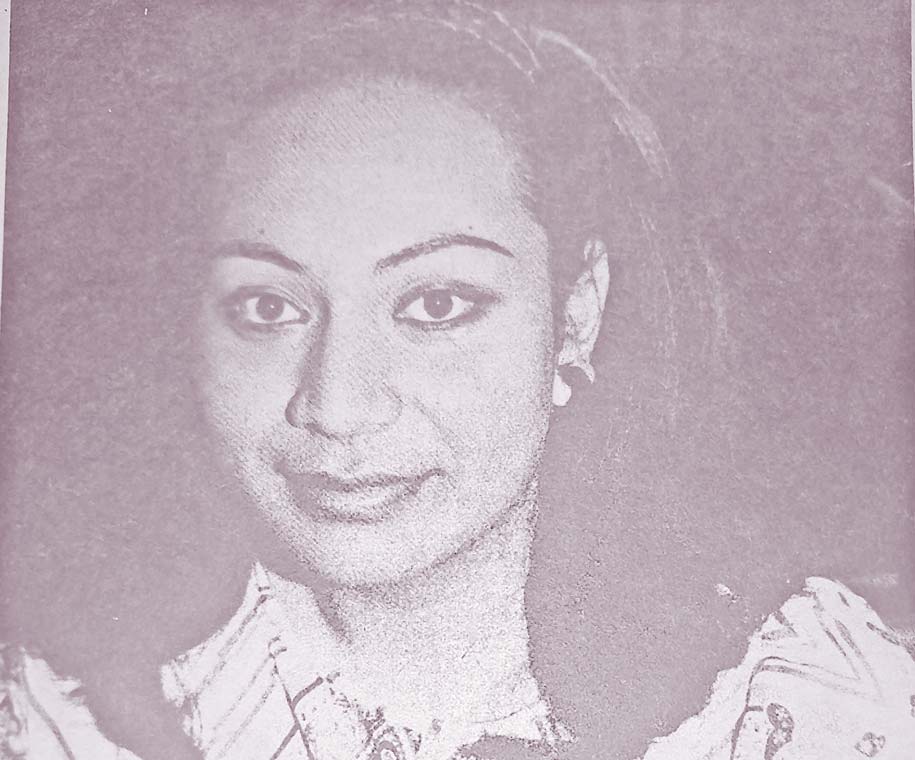A match made in heaven was how the people of the tiny island Kingdom of Tonga in the South Pacific described the approaching marriage of their princess.
In an article published by The Fiji Times on July 10, 1976, it was certainly a well-favoured connection of royal and noble bloodlines which had won the approval of Tonga’s top families.
Her Royal Highness, Princess Salote Mafilao Pilolevu, the only daughter of the King of Tonga, Taufa’ahau Tupou IV, and Queen Halaevalu Mata’aho, was to wed Captain S Ma’ulupekotofa Tuita, the eldest son of the Deputy Prime Minister, the Honorable Tuita’and Fatafehi Tuita in the Royal Chapel on July 20.
More than 4500 invitations had already gone out to South Pacific leaders and families connected with the Tongan nobility and preparations had already begun for the biggest Royal event in Tonga since the King’s coronation in 1967.
“There is no rest in Tonga now,” Lady Liku Sukuna, the widow of Fiji’s first statesman and knight, the late Ratu Sir Lala Sukuna, said in Fiji on her return from a visit to Nukualofa.
She said the few hotels in Tonga were already booked out and the homes of nobles prepared to accommodate high-born relatives from neighbouring islands.
Island leaders and almost all the high chiefs from Fiji were to attend the ceremonies. Ratu George Cokanauto Tu’uakitau, the son of Fiji’s former Deputy Prime Minister, the late Ratu Sir Edward Cakobau, was to be best man. “Tongan families living overseas are chartering aircraft to return home for the occasion.”
Lady Liku said. “Everything will be done according to Tongan custom.”
One of the first duties of arriving guests would be to visit the Royal Palace and then the home of the bridegroom to present traditional wedding gifts.
These will include many hundreds of finely woven mats made of voivoi (dried leaves), tapa cloth (dyed mulberry bark cloth) and tabua (whales teeth).
The wedding ceremony in the Royal Chapel, where royalty only may be married, was to begin at 10am on July 20.
The 24-year-old princess would then wear a Western-style white gown and veil and her bridegroom, also 24, the uniform of the Tongan Army.
His fellow officers would then form an arch of honor with their swords as the couple emerge from the chapel and proceed to the Royal Palace grounds, where most of the guests will be waiting for the wedding breakfast to begin.
The following day would feature Tonga-style feasting and dancing.
“All Tonga will sing,” Lady Liku said. Each village in Tonga has taken on special tasks for the celebrations.
Some were building and decorating the palm leaf shelters for guests to sit and feast in, providing dancers and music and many others were contributing and cooking the hundreds of pigs, chickens, fish and root vegetables for the event.
On July 22, Princess Pilolevu and Captain Ma’ulupekotofa would take part in the tu’u vala, the traditional Royal Tongan marriage ceremony.
For this they would wear their national dress, mainly yards of tapa cloth made of mulberry bark beaten into a soft cloth with wooden mallets and stencilled with brown vegetable dye in traditional patterns.
Thousands of people were to witness the ancient ceremony which has joined Tongan Royalty for many generations.
The people of Tonga had always been especially fond of Princess Pilolevu, who received the same kind of respect and deeply-felt affection which her grandmother, the late Queen Salote, could command.
Tongans said she had much of her grandmother’s personality and regal grace, and still held to the principles and traditions Queen Salote taught her as a child.
As a bride, she would go to the home of her new husband. Lady Liku said they would later go to England, where Captain Ma’ulupekotofa would complete his studies.



